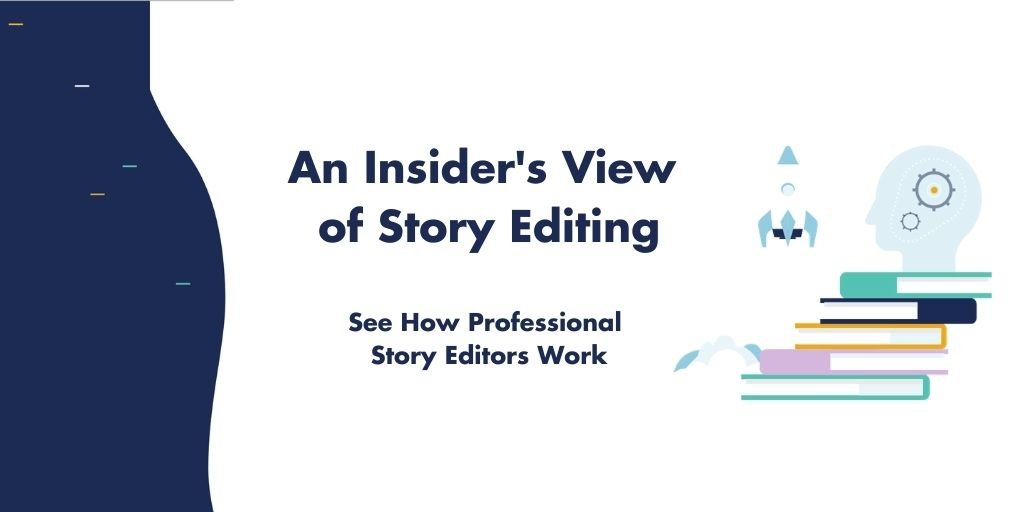
Very few writers are best-sellers right out of the gate. Even the immensely successful Stephen King, in his book On Writing: A Memoir of the Craft, talks about his years of working full-time while writing every spare moment he had, of submissions sent and rejected, before he finally got an acceptance for his book, Carrie.
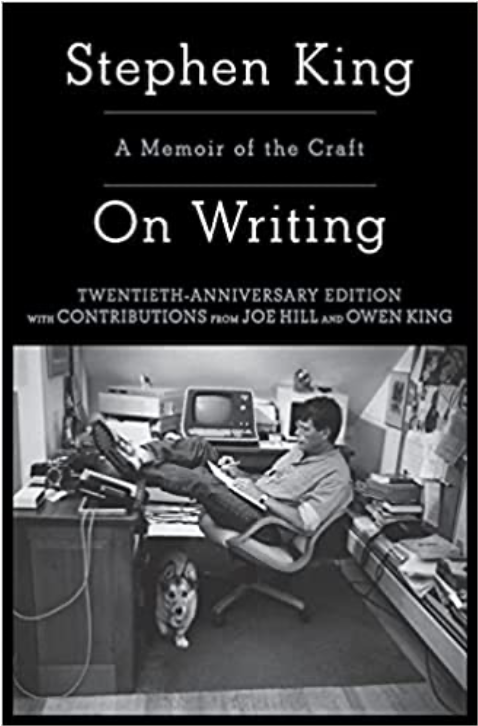
Best-selling fantasy author Brandon Sanderson openly admits that his first books were terrible, as he did in this YouTube video, called An Important Lesson for Anyone Who Wants to Learn Writing.
The lesson here is that even the best writers out there have had to learn how to become better writers, so surely we must too—especially if we want to write books readers enjoy, and maybe even make a best-seller list and earn a profit while we’re at it.
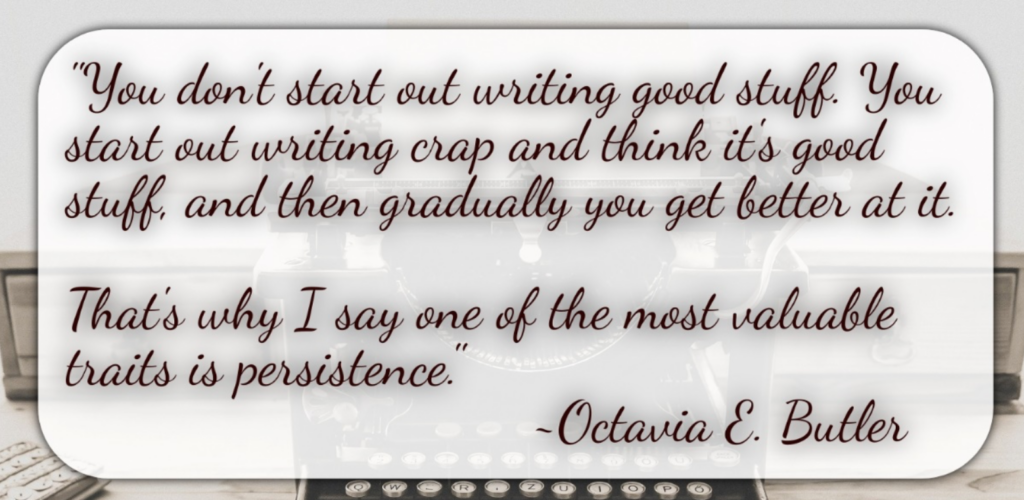
But exactly how do we become a better writer The amount of advice out there is staggering, so the following tips are just a few to get you started on your path to becoming a better writer of fiction and narrative nonfiction (true stories written in story/novel format).
How to Become a Better Writer
1. Develop a daily writing habit
If you aren’t currently working on a story, you can write in a journal or do some free-writing. Make freewriting a challenge by setting yourself a time limit and do it as a writing sprint. For example, for 20 minutes, sit and write whatever comes to mind, and don’t stop until the timer goes off.
However you do it, set aside some time every day for writing, even if it’s only for twenty minutes. Like anything in life, the road to mastery includes lots of practice.
2. Read daily, read across genres, and read with intention
Read in your genre to develop a greater understanding and feel for that genre—of the story structure, the expected tropes and obligatory scenes, and so on. But also stretch yourself outside of your comfort zone. Read from the greats, from writers you admire, both in the genre(s) you write in and in the genres you don’t.
Read for pleasure, yes, but also read with intention. Don’t just skim as you’re reading. Look for the ways your favorite authors structure their sentences, their paragraphs, and their dialogue. Compare the level of the language, the complexity of sentences and paragraphs, and the word choice in books geared to a middle grade audience to those in works meant for a young adult or adult audience.
By reading with intention, you can learn things you can incorporate—or things you want to avoid—in your own writing and become a better writer.

3. Know Your Genre
Understand the genre you write in. If you are just starting out writing fiction or narrative nonfiction you may have questions about story structure, obligatory scenes for your genre, and so on. If you don’t want to spend a lot of money on courses and books on writing craft, there are many free resources available on the internet.
For example, Reedsy has many blog articles and free, 10-day courses on editing and writing. Some are general and some are genre specific. The Fictionary blog and the Fictionary YouTube channel have articles and videos about the 38 story elements, story structure, the story arc, and so on.
There is a myriad of free resources out there, so don’t hesitate to find them and use them.
4. Complete your first draft before doing major editing, and accept that it will not be a masterpiece
I won’t go as far as some other authors and tell you to expect your first draft to be crap. However, it will most certainly not be a masterpiece in that initial, rough form. Your first draft is where you get your ideas down on paper. It is the information dump of your story. The basics might be there, but you may have to mine for the good stuff. Expect to have to cut, add, and rewrite.
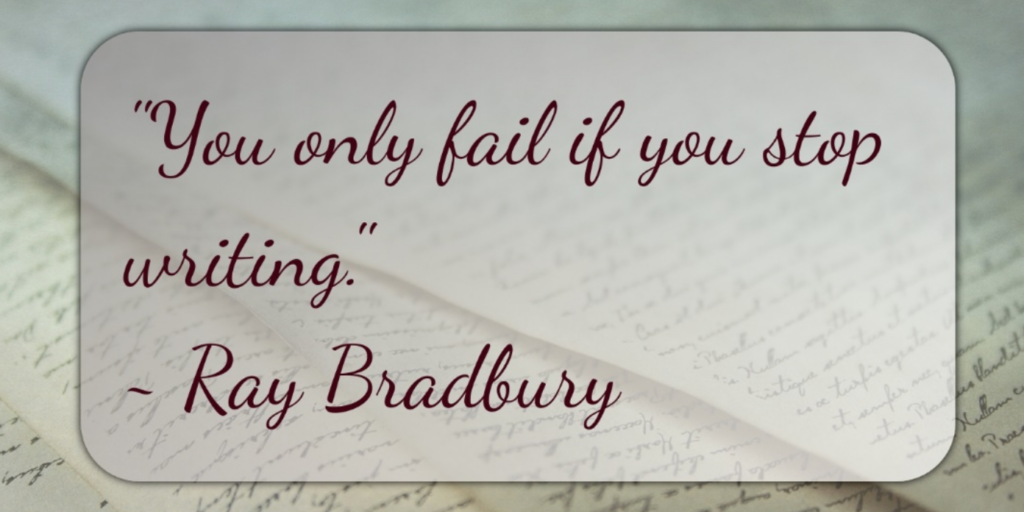
5. Self-edit mercilessly
Cut out any scenes that are not related to the plot. Any sub-plots need to connect to the plot at some point, otherwise you are writing two different stories that will need to be separated. Are there two characters that serve the same purpose that can be merged into one?
Be prepared to kill characters you love, or cut your favorite scenes—don’t worry, you can always save them in a separate file in case you find a more appropriate place to use them, or a story where they fit better.
6. Be open to constructive criticism
Our stories—especially our ‘first born’—are special to us, and it can be difficult to accept that there is anything that needs to be improved upon. Just remember that you, your critique partner (if you have one), and your editor all have (or should have) the same goal in mind—to make your story the best it can be in order to be fully appreciated by readers and, hopefully, future fans of your work.
7. Hire the right editor
Editors have specialties and preferences. Find an editor who is experienced and interested in editing your genre. They should be willing to work with you and answer your questions. Make sure you understand which type of editing you need and what types they offer.
Remember, the cheapest editor is not always the best choice, and neither is the most expensive. Take the time to look at their qualifications and experience and contact them with any questions you have. The right editor will be the one who is the right fit for your book and your genre, and one who you can have a comfortable, collaborative working relationship with.
Why StoryCoach Editing Helps You Become A Better Writer
Fictionary StoryCoach is a tool for editors that allows them to give detailed, objective, story level feedback on your fiction or narrative nonfiction manuscript. StoryCoach editors are trained on what to look for in a story, including 38 story elements, story arc, character arc, and so on.
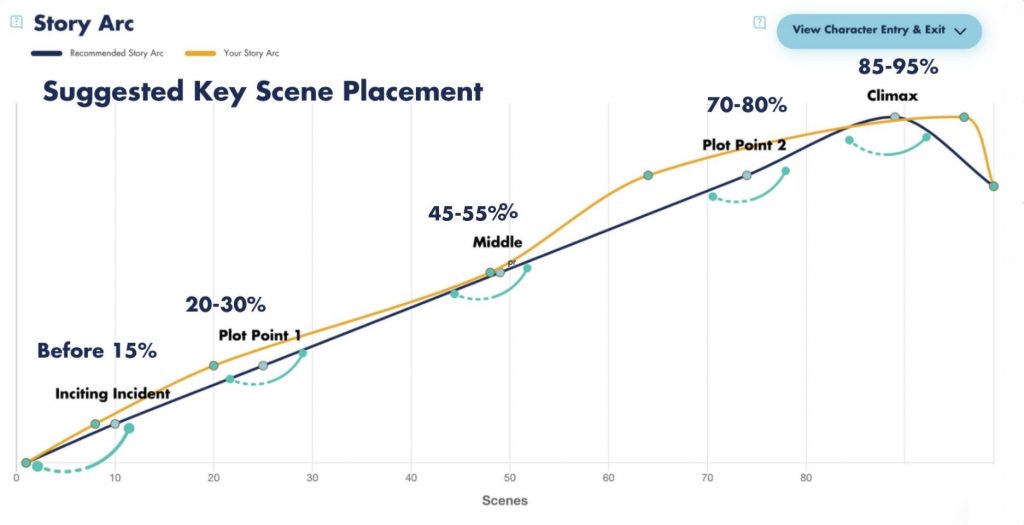
When you hire a StoryCoach editor, not only will you get a well-trained, knowledgeable editor, but you will come out of the process having learned how to become a better writer. You will receive a comprehensive summary letter detailing the big-picture items and, importantly, you will get your own StoryCoach account. In your account, you get two copies of your manuscript: a clean one for you to work from, and the editor’s copy to compare it to.
The editor’s copy will give you a scene-by-scene analysis based on the 38 story elements, the editor’s inline comments, and their scene notes. StoryCoach also provides a number of visuals—such as graphs, tables, and charts–where you can see, at a glance, which elements you’ve used well and which ones could use more work. The story arc is drawn out for you so you can quickly and clearly see if you’ve included the 5 key scenes and if they’ve occurred at the correct points in the story.
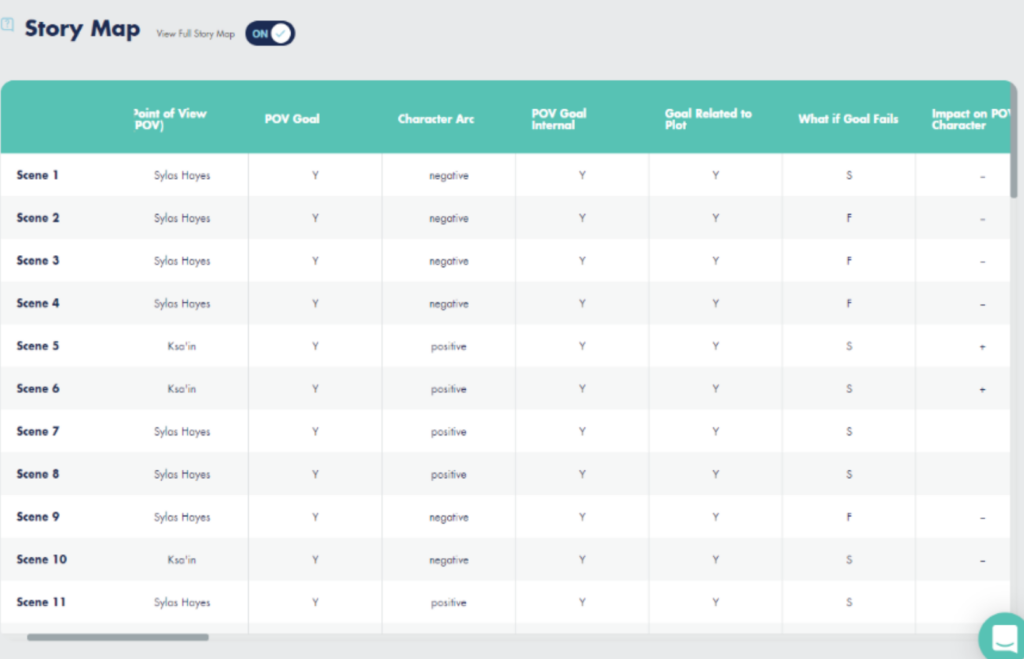
And finally, you will get one-on-one calls with your editor to discuss the story edit.
As you read through your editor’s notes, look at the visual elements, discuss the story edit with your editor, and work through your rewrites, you will be gaining information and insights on plot, character, and setting elements that will take you far on your journey to discover how to become a better writer.
Suggested Reading:
Francine Prose, Reading Like a Writer: A Guide for People Who Love Books and for Those Who Want to Write Them.
Janet Burroway, Writing Fiction: A Guide to Narrative Craft
Stephen King, On Writing: A Memoir of the Craft
https://www.helpingwritersbecomeauthors.com/
Post Written by Sherry Leclerc
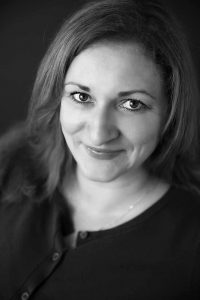 Sherry Leclerc is a Fictionary Certified StoryCoach editor, Fictionary content creator, Writer’s Digest certified copy editor, and independent author. She is a member of Editor’s Canada, the Canadian Authors Association (CAA), and The Alliance of Independent Authors (ALLi).
Sherry Leclerc is a Fictionary Certified StoryCoach editor, Fictionary content creator, Writer’s Digest certified copy editor, and independent author. She is a member of Editor’s Canada, the Canadian Authors Association (CAA), and The Alliance of Independent Authors (ALLi).
Sherry holds a B.A. in English Language and Literature and a B.Ed. She is the sole proprietor of Ternias Publishing, through which she offers various editorial services. She also has a YouTube channel where she has a vlog about writing and editing, titled The Mythic Quill. You can find it on Youtube .
Sherry currently lives in Sydney, Nova Scotia, Canada. You can contact her at [email protected] or [email protected].
When do you ever get to see what a story editor delivers to a client if the client is not you?
Our course gives you an insider’s view of what happens in a story edit. This is similar to a structural or substantive edit for fiction.
Before you hire an editor or edit your own story, it’s important to understand what a story edit is.
Thirteen professional editors edited the same novel.
Each editor worked separately in Fictionary StoryCoach.
This course evaluates their edits and shows you what worked and what didn’t. We’ll show you two scenes before editing and after revisions based on the editors’ suggestions. We even compare the editors’ summary letters and per scene notes.
For writers looking to hire a professional story editor, this course shows you what you should receive from a story editor. It will also show you how an editor might look at your story.’
Sign up now for great value.
On sale for $39 USD. Use Coupon INSIDERSVIEW
Regular Price: $99.


